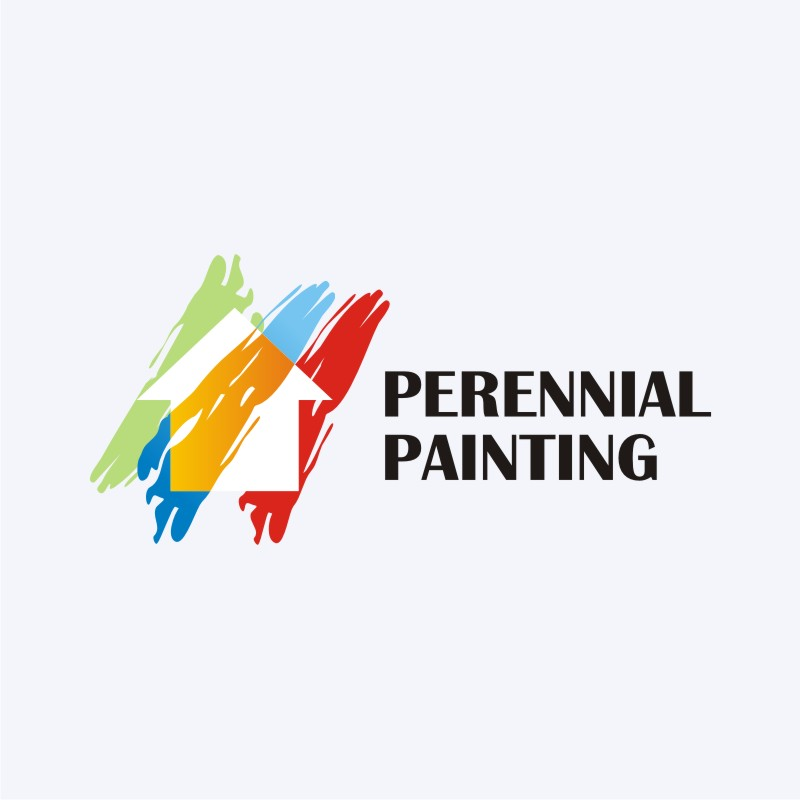Investigate The Function Of Seasonal Consider The Success Of Business External Painting And Reveal The Very Best Times To Safeguard Long-Term Outcomes For Your Task
Investigate The Function Of Seasonal Consider The Success Of Business External Painting And Reveal The Very Best Times To Safeguard Long-Term Outcomes For Your Task
Blog Article
Write-Up Written By-Korsholm Rosendal
When you're planning a business outside painting job, seasonal elements can make or break your outcomes. You'll want to consider exactly how temperature and humidity effect paint application and drying times. Selecting the ideal season can guarantee your paint sticks correctly and lasts longer. But which seasons are really the best for this kind of work? Let's check out the crucial elements that can impact your task's success.
The Influence of Temperature Level on Paint Application
When you're planning a business exterior paint job, the temperature level can substantially influence how well the paint sticks and dries.
Preferably, you want to paint when temperatures range in between 50 ° F and 85 ° F. If it's too cold, the paint may not cure appropriately, resulting in issues like peeling or splitting.
On the flip side, if it's as well warm, the paint can dry as well promptly, preventing proper bond and leading to an uneven coating.
You ought to also think about the moment of day; early morning or late afternoon offers cooler temperatures, which can be more desirable.
Constantly check the supplier's referrals for the details paint you're using, as they usually provide advice on the excellent temperature level array for ideal results.
Moisture and Its Impact on Drying Times
Temperature isn't the only ecological variable that affects your business outside paint project; humidity plays a significant duty also. High moisture degrees can slow down drying times dramatically, impacting the general quality of your paint work.
When the air is saturated with wetness, the paint takes longer to heal, which can result in concerns like bad bond and a greater danger of mildew growth. If you're painting on a specifically damp day, be gotten ready for prolonged delay times in between coats.
It's important to keep an eye on neighborhood climate condition and plan accordingly. Ideally, aim for humidity levels between 40% and 70% for optimum drying.
Keeping these factors in mind ensures your project remains on track and provides an enduring surface.
Best Seasons for Commercial Outside Painting Projects
What's the best season for your business outside painting jobs?
https://simonsdmve.estate-blog.com/33573047/searching-for-the-ideal-home-painters-discover-the-secrets-to-accomplishing-a-sensational-home-remodeling-and-raising-your-residential-property-worth-by-approximately-7 and very early fall are typically your best bets. During these periods, temperatures are mild, and humidity levels are frequently lower, producing excellent problems for paint application and drying out.
Stay clear of summer's intense heat, which can trigger paint to dry also rapidly, causing poor attachment and coating. In a similar way, wintertime's chilly temperatures can impede correct drying out and treating, running the risk of the durability of your paint job.
Aim for days with temperature levels between 50 ° F and 85 ° F for optimal results. Bear in mind to inspect the neighborhood weather prediction for rain, as damp problems can destroy your project.
Planning around these variables guarantees your paint project runs efficiently and lasts much longer.
Conclusion
In conclusion, planning your industrial external painting projects around seasonal considerations can make a considerable distinction in the result. By organizing job during the perfect temperatures and moisture degrees, you'll guarantee far better bond and drying out times. Bear in mind to watch on regional weather report and select the correct time of year-- springtime and very early autumn are your best choices. Taking these steps will certainly help you accomplish a durable and specialist surface that lasts.
